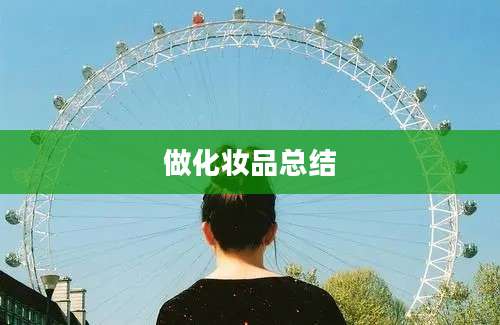范文:

《See的用法详解及例句展示》
一、引言
"See"作为英语中的动词,其用法广泛,涵盖了看到、领会、经历等多个层面。本文将详细解析“see”的用法,并通过例句展示其不同语境下的应用。
二、基本用法
1. 表示看到、看见
例句:I saw a movie last night.
我昨晚看了一部电影。
2. 表示经历、遭遇
例句:He has seen better days.
他曾经有过更好的时光。
3. 表示领会、理解
例句:I see what you mean.
我明白你的意思。
三、特殊用法
1. "See you"表示“再见”
例句:I'll see you tomorrow.
我明天见。
2. "See to it"表示“注意;确保”
例句:Please see to it that the meeting room is ready by 9 am.
请确保会议室在上午9点前准备好。
3. "See about"表示“处理;办理”
例句:I'll see about getting you a new computer.
我会想办法给你弄一台新电脑。
四、例句展示
1. 看到某人或某物
例句:She saw her friend in the park.
她在公园看到了她的朋友。
2. 经历某事
例句:I saw the end of the world when I was young.
我年轻时曾经见过世界的末日。
3. 领会或理解某事
例句:I see what you're trying to say.
我明白你想说什么。
五、总结
"See"作为英语中常用的动词,其用法多样。通过本文的解析和例句展示,相信大家对“see”的用法有了更深入的了解。
常见问答知识清单及详细解答:
1. 问:See在句子中可以作什么成分?
答:See在句子中可以作为谓语动词,表示看到、经历或领会等。
2. 问:See后面可以接什么宾语?
答:See后面可以接名词、代词、动名词或宾语从句作为宾语。
3. 问:How do I use see in a sentence?
答:To use see in a sentence, you can say 'I saw something' or 'I have seen something,' depending on the context. For example, 'I saw a bird flying in the sky.'
4. 问:Can you use see with the present perfect tense?
答:Yes, you can use see with the present perfect tense to talk about an experience in the past that has relevance to the present. For example, 'I have seen that movie before.'
5. 问:Is there a difference between see and see to it?
答:Yes, 'see' means to perceive something or to experience something, while 'see to it' means to make sure something is done or taken care of. For example, 'I saw the flowers' vs. 'I will see to it that the flowers are watered.'
6. 问:Can I use see with the future perfect tense?
答:Yes, you can use see with the future perfect tense to talk about something that will have been seen before a future time. For example, 'I will have seen the movie by the end of the year.'
7. 问:Is there a difference between see and look?
答:Yes, 'see' usually means to perceive something with the eyes, while 'look' can mean to direct one's gaze toward something but may not necessarily imply seeing it clearly. For example, 'I saw the car' vs. 'I looked for the car but couldn't find it.'
8. 问:What is the difference between see and watch?
答:'Watch' implies a more active engagement in observing something over a period of time, often with a purpose or interest. 'See' is more general and can imply a brief or casual observation. For example, 'I watched the sunset' vs. 'I saw a bird in the tree.'
9. 问:Can I use see with a present participle?
答:Yes, you can use see with a present participle (verb+ing) as a noun phrase. For example, 'I saw him running down the street.'
10. 问:Is there a difference between see and understand?
答:Yes, 'see' often refers to the act of perceiving with the eyes, while 'understand' refers to the mental process of grasping the meaning or significance of something. For example, 'I saw the sign, but I didn't understand what it said.'










